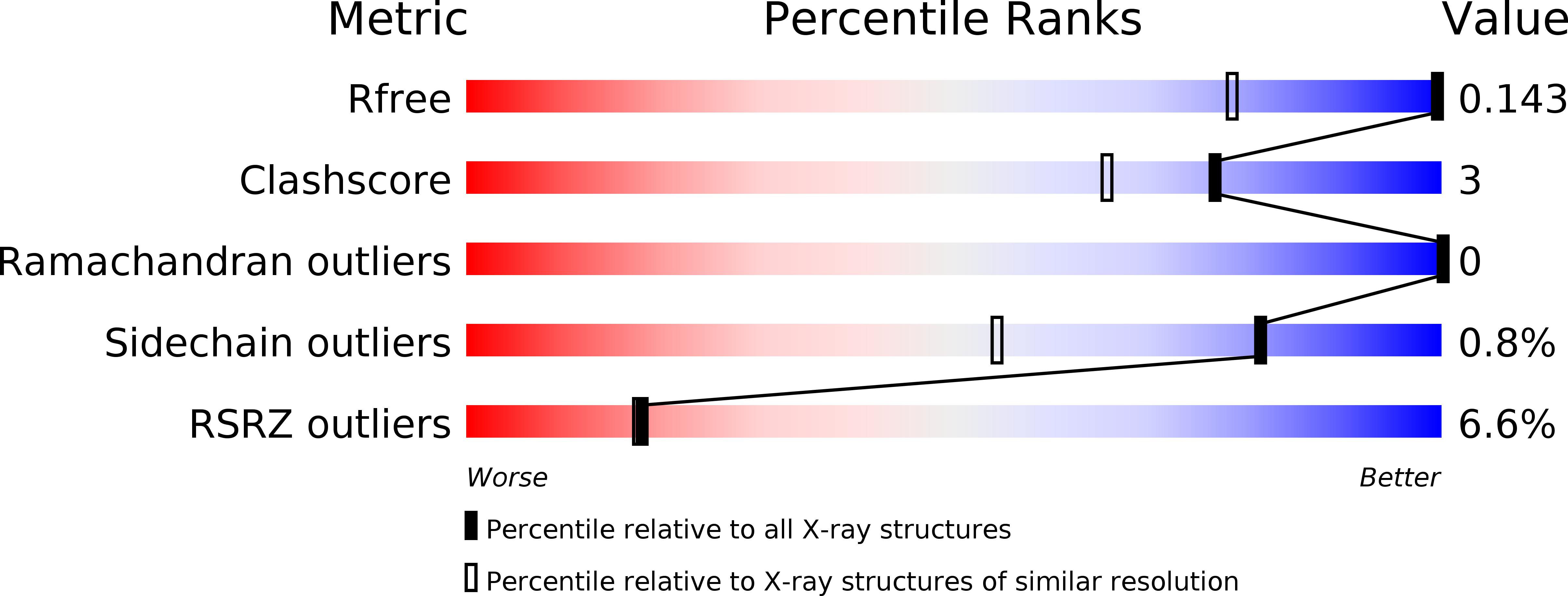
Deposition Date
2015-09-29
Release Date
2015-11-25
Last Version Date
2024-10-16
Entry Detail
PDB ID:
5E1K
Keywords:
Title:
Selenomethionine Ca2+-Calmodulin from Paramecium tetraurelia SAD data
Biological Source:
Source Organism:
Paramecium tetraurelia (Taxon ID: 5888)
Host Organism:
Method Details:
Experimental Method:
Resolution:
1.00 Å
R-Value Free:
0.16
R-Value Work:
0.14
R-Value Observed:
0.14
Space Group:
P 1


